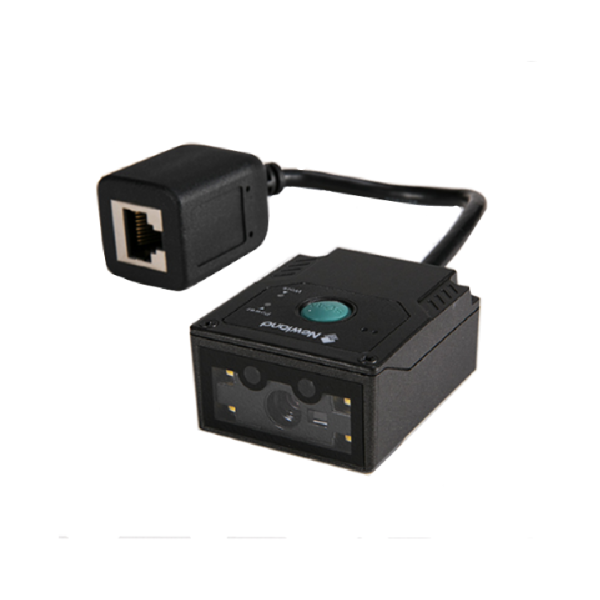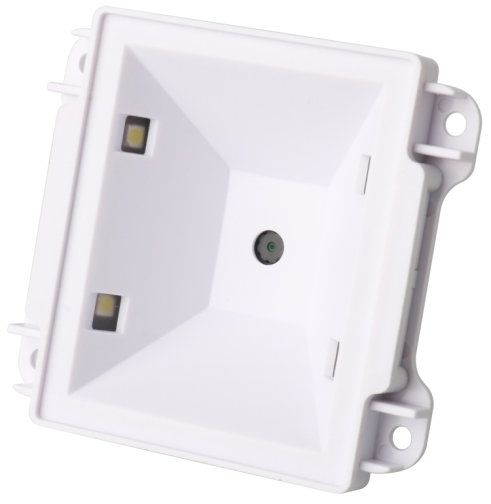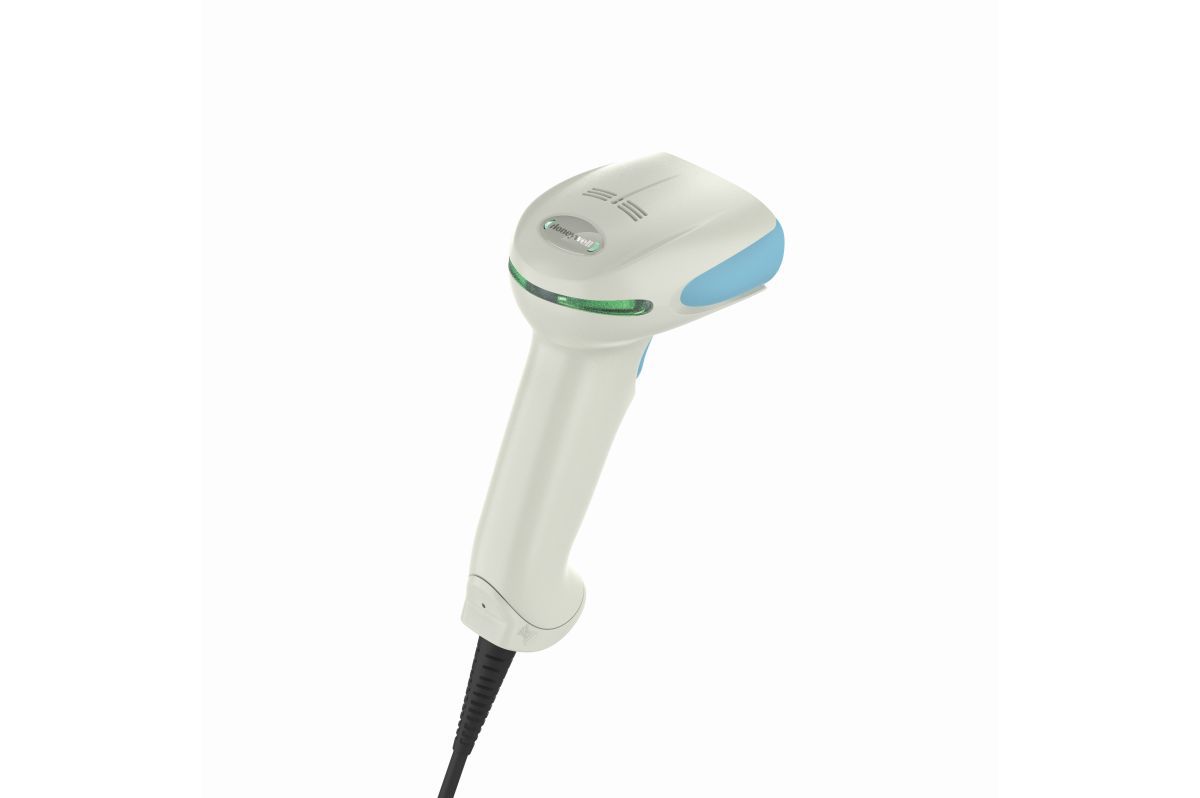Barcode Scanner Decoding and Interface Introduction
Although each reader reads barcodes in different ways, the final result is to convert information into digital signals and then into data that can be read or compatible with computers. The decoding software in a separate device is completed, the barcode is recognized and differentiated by the decoder, and then uploaded to the host computer.
Uploading data needs to be connected or interfaced with the host, and each interface must have two different layers: one is the physical layer (hardware), and the other is the logical layer, which refers to the communication protocol. Common interface methods are: keyboard port, serial port or direct connection. When using the keyboard interface method, the data of the barcode symbols sent by the reader is considered by the PC or the terminal to be the data sent by its own keyboard, and at the same time, their keyboards can also perform all functions. When using the keyboard port connection is too slow, or other interface methods are not available, we will use the serial port connection method. There are two meanings of direct connection here. One means that the reader directly outputs data to the host without additional decoding equipment, and the other means that the decoded data is directly connected to the host without using the keyboard. Some commonly used terms Dual Interface: It means that the reader can directly connect two different devices, and automatically configure and communicate with each terminal, for example: a CCD is used to connect IBM's POS terminal during the day, and at night. It will connect to a portable data terminal for merchandise inventory, and use the built-in dual interface capability to make transitioning between the two devices very easy. Flash memory (Flash Memory): Flash memory is a chip that can save data without power supply, and it can complete data rewriting in an instant. Most of Welch Allyn's products use flash memory to replace the original PROMs, making the product more upgradeable. HHLC (Hand Held Laser Compatible): Some terminals without decoding equipment can only use an external decoder to communicate. The protocol of this communication method, commonly known as laser simulation, is used to connect CCD or laser reader and external Set the decoder. RS-232 (Recommended Standard 232): A TIA/EIA standard for serial transmission between computers and peripherals such as barcode readers, Modem, and mice. RS-232 usually uses a 25-pin plug DB-25 or a 9-pin plug DB- 9. The communication distance of RS-232 is generally within 15.24m. If a better cable is used, the communication distance can be lengthened.
Post time: Jun-01-2022




